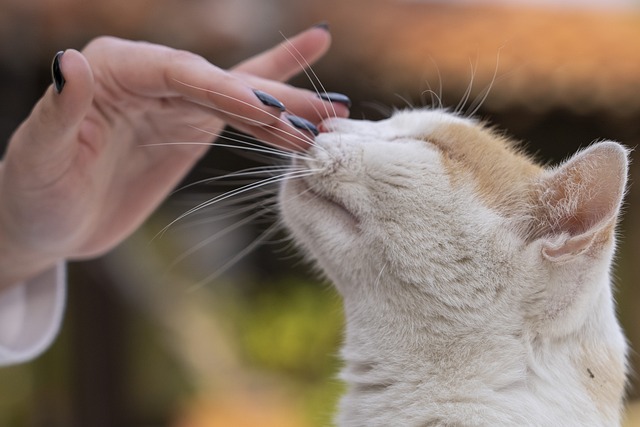If your cat will be wearing a collar, make sure it fits and add some identification, such as a name tag with your contact information in case your kitten escapes. It is preferable to get break-away collars made specifically for cats that will slip off if they get caught on something. This might help prevent injuries, especially for energetic kittens, who might otherwise get their paws, teeth, or other body parts trapped in the collar or when exploring. You might talk to your veterinarian about microchipping as a more durable form of identification.

30 Days
Your kitten should be eating, drinking, and using the litter box normally by the end of the first month. By now, your cat ought to be settling into its new home and becoming playful and energetic. You might observe new habits including jumping on furniture, climbing, chewing, scratching on vertical surfaces, and wrestling. Your kitten may start to behave in a way that is not ideal for you; if this is the case, make sure to stop it as soon as you can. Make sure your kitten has the right scratching posts, climbing tools, and play toys.
Refrain from carrying your kitten somewhere other than the vet’s office until they have received all of their recommended vaccinations. The kitten should have also visited the veterinarian at least once for vaccinations, a fecal check, and a physical checkup. Keep up with the suggested initial vaccination schedule and, while you’re there, ask your vet about monthly preventatives for parasites like intestinal parasites, heartworms, and fleas.



